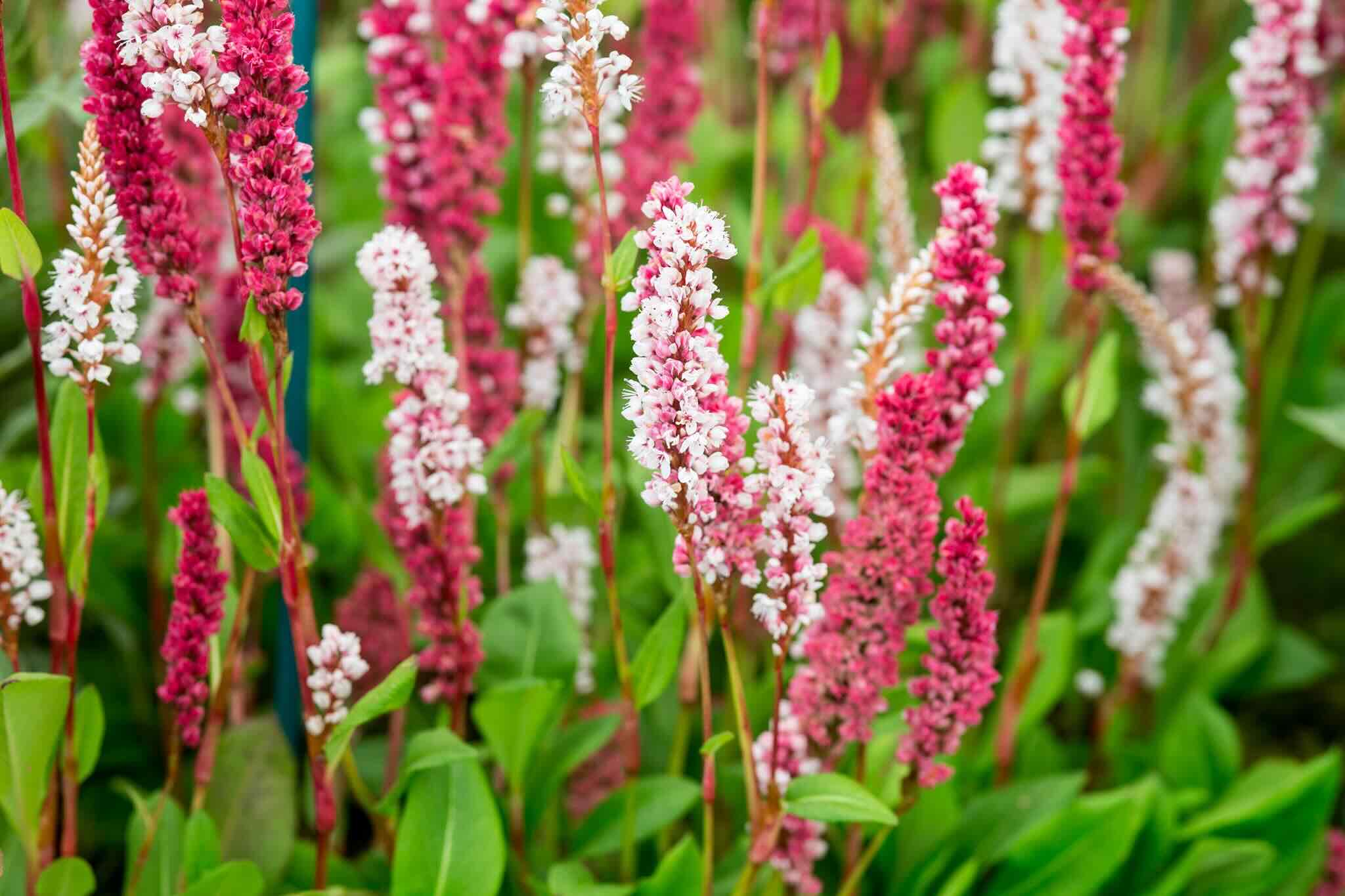
Persicaria is a fascinating plant genus that often goes unnoticed. These plants, commonly known as smartweeds or knotweeds, belong to the buckwheat family, Polygonaceae. Did you know that Persicaria species are found all over the world? They thrive in a variety of environments, from wetlands to dry fields. Some species are even considered invasive due to their rapid growth and spread. Despite their sometimes pesky nature, many Persicaria plants have medicinal properties and are used in traditional remedies. Want to learn more about these intriguing plants? Let's dive into 28 amazing facts about Persicaria that will leave you both informed and amazed!
What is Persicaria?
Persicaria, also known as knotweed, is a genus of flowering plants in the buckwheat family. These plants are found in various regions around the world and are known for their distinctive, often colorful, flowers and leaves. Let's dive into some fascinating facts about this unique plant genus.
General Facts About Persicaria
Persicaria has a rich history and diverse characteristics. Here are some general facts to get you acquainted with this intriguing plant.
- Diverse Species: There are over 100 species of Persicaria, each with unique features and habitats.
- Global Presence: These plants are found on every continent except Antarctica.
- Common Names: Besides knotweed, Persicaria is also known as smartweed and bistort.
- Flower Colors: The flowers can be white, pink, red, or purple, adding vibrant colors to gardens.
- Leaf Shapes: Leaves vary from narrow and lance-shaped to broad and heart-shaped.
- Growth Habit: Persicaria can be annual or perennial, depending on the species.
Ecological Importance of Persicaria
Persicaria plays a significant role in various ecosystems. Here are some facts highlighting its ecological importance.
- Pollinator Friendly: The flowers attract bees, butterflies, and other pollinators.
- Erosion Control: Their extensive root systems help prevent soil erosion.
- Habitat for Wildlife: Provides shelter and food for various insects and small animals.
- Wetland Indicator: Many species thrive in wetland areas, indicating healthy wetland ecosystems.
- Nitrogen Fixation: Some species can fix nitrogen in the soil, improving soil fertility.
Historical and Cultural Significance
Persicaria has been used in various cultures for centuries. Here are some historical and cultural facts.
- Traditional Medicine: Used in traditional medicine for treating wounds, digestive issues, and more.
- Culinary Uses: Young leaves and shoots are edible and used in salads and soups.
- Symbolism: In some cultures, Persicaria symbolizes resilience and adaptability.
- Historical Records: Mentioned in ancient texts for its medicinal properties.
- Cultural Festivals: Featured in festivals and rituals in some Asian cultures.
Interesting Botanical Features
Persicaria has some unique botanical features that make it stand out. Here are a few intriguing facts.
- Jointed Stems: The stems have distinct joints, giving rise to the name "knotweed."
- Water-Repellent Leaves: Some species have leaves that repel water, keeping them dry.
- Rapid Growth: Known for their rapid growth, some species can become invasive.
- Rhizomatous Roots: Many species spread through rhizomes, underground stems that produce new plants.
- Adaptability: Can grow in a wide range of conditions, from wetlands to dry areas.
Conservation and Management
Managing Persicaria can be challenging due to its rapid growth. Here are some facts about its conservation and management.
- Invasive Species: Some species, like Japanese knotweed, are considered invasive in many regions.
- Control Methods: Mechanical removal, herbicides, and biological control are used to manage invasive species.
- Conservation Efforts: Efforts are being made to protect native species while controlling invasive ones.
- Research: Ongoing research aims to find effective ways to manage invasive Persicaria species.
- Public Awareness: Educating the public about the benefits and challenges of Persicaria is crucial for its management.
Fun Facts About Persicaria
Let's end with some fun and quirky facts about Persicaria that you might not know.
- Edible Flowers: Some species have edible flowers that can be used as garnishes.
- Natural Dye: Certain species can be used to produce natural dyes for fabrics.
Persicaria is a fascinating genus with a lot to offer, from its ecological benefits to its cultural significance. Whether you're a gardener, a nature enthusiast, or just curious, there's always something new to learn about these remarkable plants.
Final Thoughts on Persicaria
Persicaria, with its diverse species and fascinating characteristics, offers much to appreciate. From its medicinal uses to its role in ecosystems, this plant family is more than just a garden staple. Gardeners love it for its hardiness and beauty, while scientists study its unique properties. Whether you're a botany enthusiast or just someone who enjoys a pretty garden, Persicaria has something to offer. Its ability to thrive in various conditions makes it a versatile choice for many landscapes. Next time you see these plants, you'll know there's more to them than meets the eye. So, keep an eye out for Persicaria on your next nature walk or garden visit. You'll appreciate the rich history and practical benefits these plants bring to our world.
Was this page helpful?
Our commitment to delivering trustworthy and engaging content is at the heart of what we do. Each fact on our site is contributed by real users like you, bringing a wealth of diverse insights and information. To ensure the highest standards of accuracy and reliability, our dedicated editors meticulously review each submission. This process guarantees that the facts we share are not only fascinating but also credible. Trust in our commitment to quality and authenticity as you explore and learn with us.
